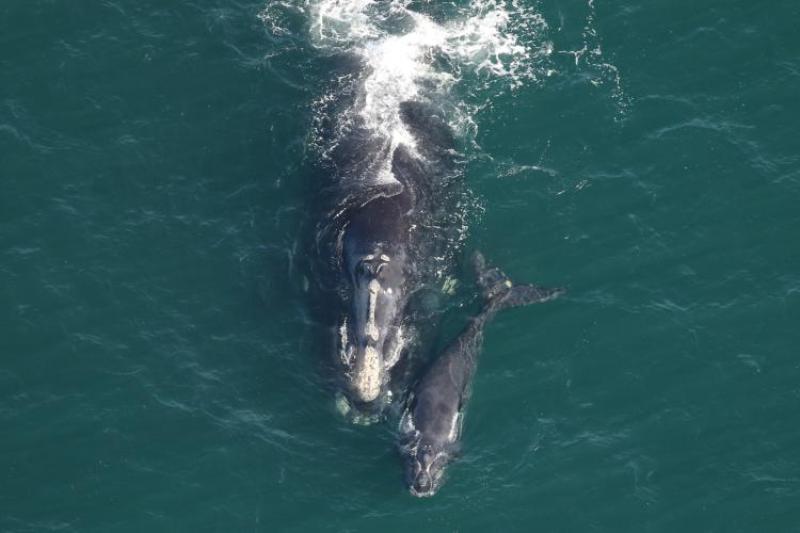Whales and Carbon Sequestration: Can Whales Store Carbon?
Posted
Last Updated
The ocean captures about 31 percent of all carbon dioxide emissions, removing carbon from the atmosphere that would otherwise continue to trap heat and increase temperatures. Blue carbon, or carbon captured by ocean ecosystems includes:
- Carbon absorbed by aquatic plants, algae, and phytoplankton
- Carbon stored in the bodies of living animals
- Carbon sequestered in deep-sea sediments
Scientists believe whales contribute to all three of these carbon storage mechanisms. They likely supported even greater amounts of blue carbon storage before their populations were depleted by commercial whaling in the 1800s. Conserving and recovering whale populations can mitigate climate change by increasing blue carbon capture, benefiting marine and terrestrial species alike.
How Do Whales Contribute to Carbon Storage and Nutrient Cycling?
Like trees in a rainforest or marine algae in a kelp forest, whales are efficient at capturing and storing atmospheric carbon directly in their large bodies throughout their long lives. When whales die, their carbon-rich carcasses often sink to the seafloor; that carbon is trapped and prevented from returning to the atmosphere as carbon dioxide. Whales also indirectly contribute to carbon capture by providing nutrient-rich waste to phytoplankton, which absorb large amounts of carbon dioxide.
Biomass Storage
Whales are some of the largest and longest living animals on earth. This allows them to store greater quantities of carbon in their bodies for longer than smaller animals. Whales efficiently digest and store large quantities of carbon-rich prey and exhale very little carbon dioxide back into the atmosphere. This process allows whales to store more carbon in their bodies than trees. One whale can capture an average of 33 tons of carbon dioxide over its lifespan. A live oak tree, one of the most efficient carbon-capturing tree species, captures roughly 12 tons of carbon dioxide over a maximum 500-year lifespan.
read more at fisheries.noaa.gov.


